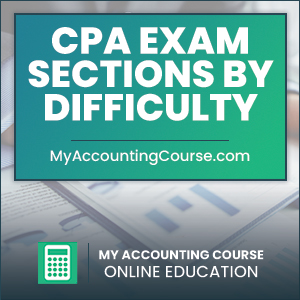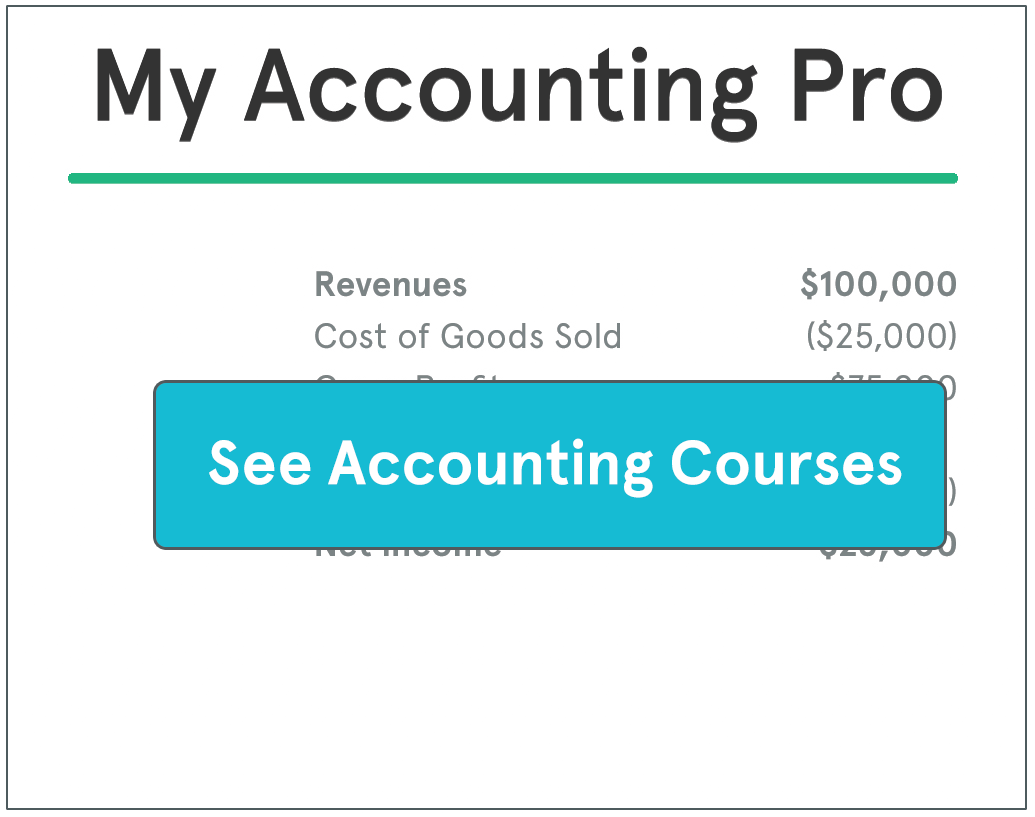 The Certified Public Accountant (CPA) exam is a comprehensive test that evaluates a candidate’s knowledge and skills across various accounting, auditing, and business-related topics. The exam’s four sections—FAR, REG, AUD, and BEC—each present unique challenges. Understanding their relative difficulty can help you prioritize your preparation and maximize your chances of success.
The Certified Public Accountant (CPA) exam is a comprehensive test that evaluates a candidate’s knowledge and skills across various accounting, auditing, and business-related topics. The exam’s four sections—FAR, REG, AUD, and BEC—each present unique challenges. Understanding their relative difficulty can help you prioritize your preparation and maximize your chances of success.
While the perception of difficulty varies by individual, this guide ranks the CPA exam sections in order of general difficulty, explains the challenges each section presents, and offers strategies to conquer them.
CPA Exam Sections in Order of Difficulty
Contents
Here is a list of CPA exam parts in order hardest to easiest:
- FAR
- REG
- AUD
- BEC
#1 Financial Accounting and Reporting (FAR)
Why FAR Is the Hardest
FAR is widely regarded as the most difficult section of the CPA exam due to its extensive content and technical complexity. This section covers financial reporting standards for various entities, including businesses, non-profits, and government organizations. Topics range from consolidations to pension accounting and revenue recognition.
The sheer volume of material can be overwhelming, even for candidates with strong accounting backgrounds. FAR requires not only memorization but also the ability to apply concepts in practical scenarios. The task-based simulations (TBSs) in this section often involve multi-step problems that demand a deep understanding of financial reporting principles.
Tips to Succeed in FAR
- Allocate ample study time, typically 100–150 hours, depending on your familiarity with the material.
- Focus on high-weight topics, such as financial statement accounts, revenue recognition, and governmental accounting.
- Use practice exams to build endurance and improve time management.
- Break the material into smaller, manageable chunks to avoid burnout.
#2 Regulation (REG)
Why REG Comes Second
REG is often ranked as the second most difficult section due to its heavy emphasis on taxation and business law. Candidates must master complex federal tax regulations, including individual and corporate taxation, property transactions, and estate taxes. Memorizing and applying these rules in various scenarios can be challenging, especially for those without a tax background.
In addition to tax topics, REG covers ethics, professional responsibilities, and business law. The mix of technical content and practical application makes REG a demanding section for many candidates.
Challenges in REG
- Frequent changes in tax laws require candidates to stay updated.
- The section demands both memorization of rules and the ability to analyze and apply them.
- Task-based simulations often involve detailed computations or legal analyses.
Tips to Succeed in REG
- Use mnemonics and other memory aids to retain tax rules and thresholds.
- Practice applying tax concepts through multiple-choice questions and simulations.
- Stay current with recent tax law changes, as these are frequently tested.
- Dedicate 80–120 hours to thorough preparation.
#3 Auditing and Attestation (AUD)
Why AUD Is Challenging
AUD ranks as the third most difficult section for many candidates because it requires a strong understanding of abstract auditing principles. This section focuses on audit processes, risk assessments, internal controls, and professional ethics. Candidates often struggle with the conceptual nature of AUD, as it demands critical thinking rather than straightforward memorization.
Understanding how to apply auditing standards in various scenarios is essential for success. Additionally, the task-based simulations often require analyzing case studies and identifying audit risks or deficiencies.
Challenges in AUD
- Theoretical concepts can be difficult to grasp without practical experience.
- Questions often require judgment and critical thinking rather than clear-cut answers.
- Simulations demand attention to detail and the ability to analyze audit scenarios.
Tips to Succeed in AUD
- Focus on understanding the “why” behind auditing procedures and standards.
- Practice identifying and assessing risks through case studies and simulations.
- Allocate 80–120 hours of study time, emphasizing heavily tested areas such as internal controls and evidence evaluation.
- Use authoritative literature during practice to familiarize yourself with research tools.
#4 Business Environment and Concepts (BEC)
Why BEC Is the Easiest
BEC is generally considered the easiest section of the CPA exam. It covers a broad range of topics, including corporate governance, economics, financial management, and IT. The section also includes written communication tasks, which many candidates find less intimidating than technical simulations.
The relative simplicity of the content and the familiarity of topics, such as cost accounting and business processes, make BEC more approachable. However, its diversity of topics still requires consistent preparation.
Challenges in BEC
- The variety of topics can make it difficult to maintain focus during preparation.
- Written communication tasks require clarity and professionalism, which may be unfamiliar to some candidates.
Tips to Succeed in BEC
- Dedicate 70–100 hours to studying, focusing on high-weight topics such as corporate governance and IT.
- Practice written communication tasks to improve your ability to write concise and clear responses.
- Leverage your prior business knowledge to streamline preparation.
- Use CPA review courses that include mock exams and practice prompts.
How to Approach the CPA Exam Based on Difficulty
Start with the Most Challenging Section
Many candidates choose to tackle FAR first because it is the most difficult. Completing FAR early can build confidence and momentum for the remaining sections. Additionally, the concepts learned in FAR often overlap with other sections, particularly REG and AUD.
Balance Easy and Hard Sections
If starting with FAR feels too daunting, consider alternating between difficult and easier sections. For example, you might begin with BEC to gain an early win before moving on to FAR or REG.
Consider Your Strengths
Your academic and professional background should influence your approach. If you have experience in auditing, starting with AUD might be advantageous. Similarly, if you have a strong foundation in taxation, REG could be a logical first choice.
Plan Around Your Schedule
If you have a busy period at work or personal commitments, consider starting with a section that requires less preparation time, such as BEC. This allows you to maintain momentum without overwhelming your schedule.
Frequently Asked Questions
Which CPA exam section is the hardest?
FAR is widely considered the hardest section due to its extensive content and technical complexity. Candidates often spend the most time preparing for FAR compared to other sections.
Which CPA exam section is the easiest?
BEC is generally regarded as the easiest section, thanks to its less technical content and familiarity of topics for many candidates.
Can I take the sections in any order?
Yes, you can take the CPA exam sections in any order. Your choice should depend on your strengths, background, and study plan.
How much time should I allocate to studying for each section?
- FAR: 100–150 hours
- REG: 80–120 hours
- AUD: 80–120 hours
- BEC: 70–100 hours
Bottom Line
Ranking the CPA exam sections by difficulty can help you plan your preparation and manage your expectations. FAR is the most challenging due to its technical depth and extensive content, followed by REG, which demands a strong grasp of taxation and business law. AUD is next, with its focus on conceptual auditing principles, while BEC is considered the easiest due to its broad yet less technical scope.
Your approach to the CPA exam should align with your strengths, schedule, and goals. With strategic planning, consistent preparation, and the right resources, you can navigate the challenges of each section and achieve your goal of becoming a Certified Public Accountant.


